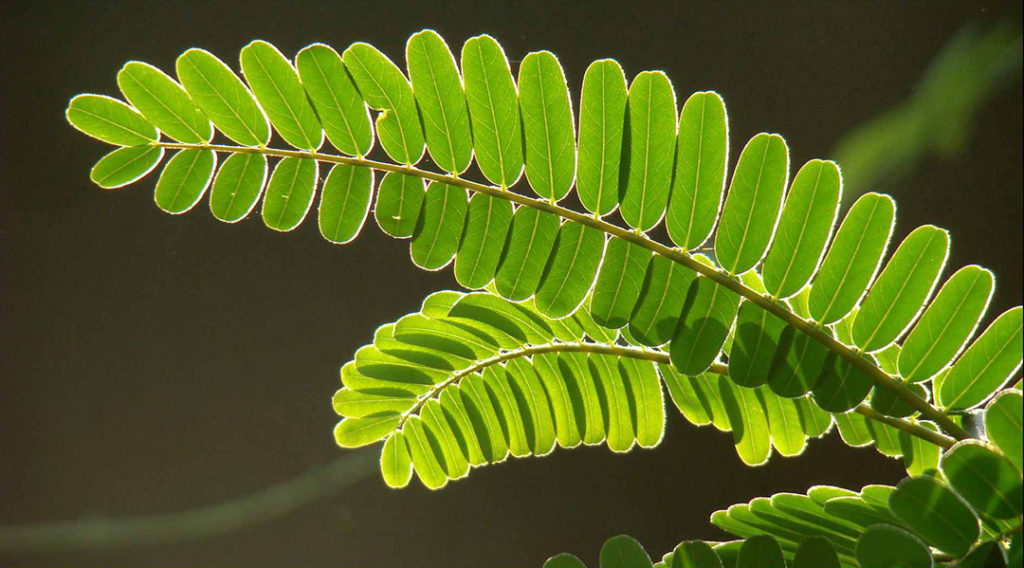
Burkina Faso
Oussana
Sesbania pachycarpa

General Description / Cultural Significance
The regions of Burkina Faso all have their own characteristics and significant cultural fragrances. However, Oussana, a native pea-like plant, is singular and highly representative of the country. The people in Burkina Faso grind up the roots to make perfume. It is an erect, softly woody species used for its medicinal properties as well. Its seeds are edible, and can be cooked and eaten, as well as used for its oil. Oussana easily grows in humid wetlands, swampy areas, sandy hollows, roadsides, and thickets.
Climate Change/Conservation Status
As a medical plant, Sesbania pachycarpa has always been one of the most widely used species in Burkina Faso’s traditional medicine. Different parts of the plant are used to treat different conditions. The plant is antioxidant and antibacterial, but it is prized above all for its anti-malarial properties and extracts of the leaves are used traditionally as an internal medicine. Malaria is a major threat to the people of the country, and 50% of those suffering from the disease are under five years old. However, the changing age dynamics of the country are becoming a challenge for only traditional malaria treatment. The median age in the country is 17 years old.
Overall, Burkina Faso is a country that is extremely rich in plants of medical importance. Unfortunately, many may be lost before their pharmacological activity can be analyzed due to the effects of climate change, causing habitat loss for many of the traditional medicinal plant species. Widespread drought has brought persistent environmental degradation, affecting the natural habitats of Oussana. It helps that Sesbania pachycarpa specifically has a high amount of genetic variability, and this is hopeful, even considered ideal for the improvement and adaptive potential in the species.
Alternate Names
Cowpea
Sources
Mrs. Toa for the Ambassador, Embassy of Burkina Faso, Washington, D.C. This statement can be found on the World Sensorium original website.

